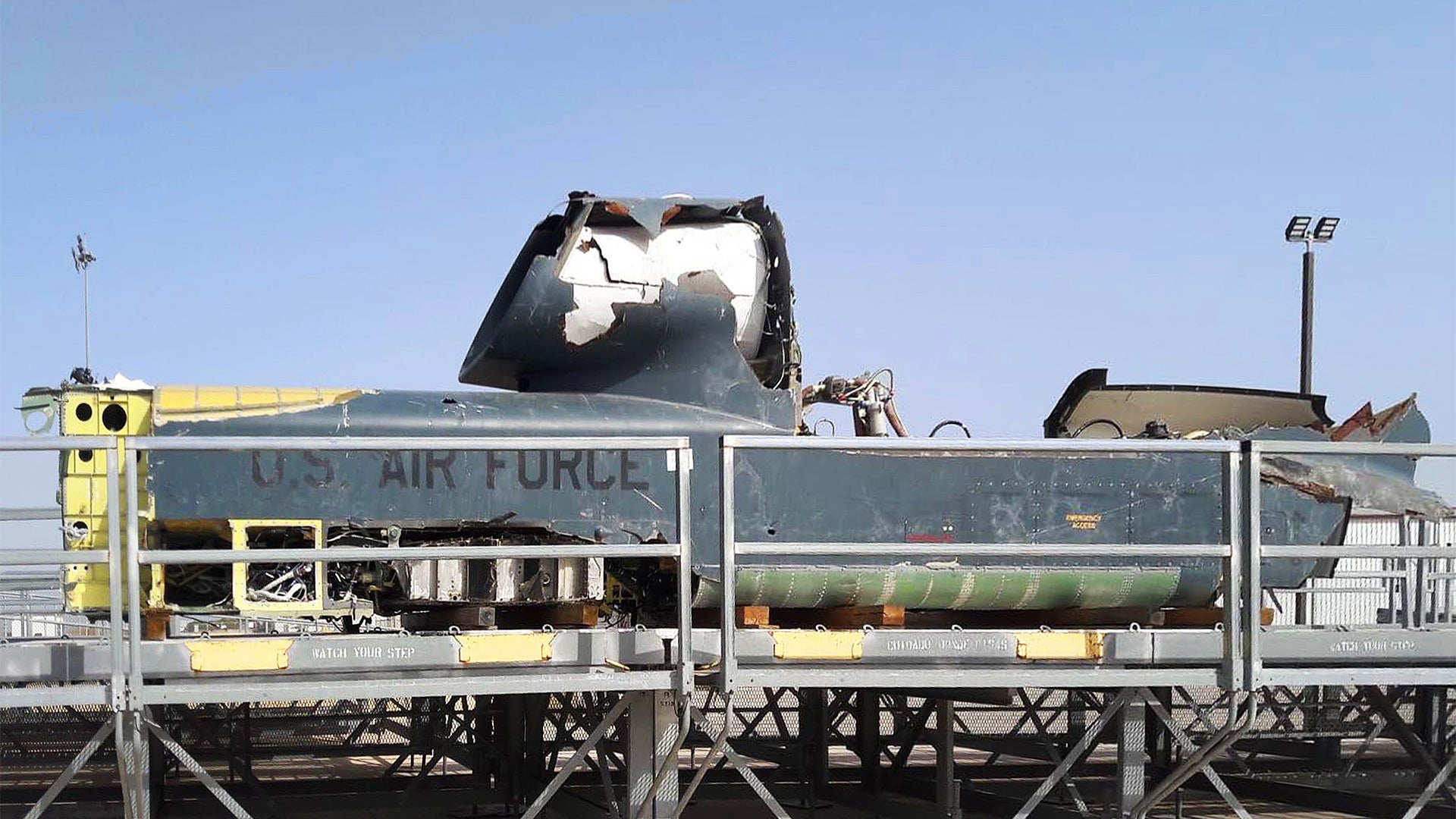Yesterday we broke the story that a USAF RQ-4 Global Hawk surveillance drone crashed in the waters off Spain late last June. This morning, U.S. European Command officials responded to our queries and we received the photo above from our sources that originally notified us of the previously undisclosed mishap.
Here is European Command’s response to our questions:
Tyler,
Thank you for your patience on this. The below responses to your questions can be attributed to me as the U.S. European Command Spokesperson. For additional questions regarding the aircraft or the mission, please refer to [redacted] at ACC Public Affairs. Thanks!
Q: Like where approximately it went down?
A: An RQ-4 Global Hawk unmanned surveillance aircraft crashed off of the coast of Rota, Spain, at approximately 11a.m. EDT, Tuesday, June 26, 2018. No personnel were involved in the incident.
Q: Was there a salvage operation?
A: The Supply-class fast combat support ship USNS Arctic (T-AOE-8), assisted in the recovery of the downed RQ-4 Global Hawk in the vicinity of the Gulf of Cadiz. Prior to providing assistance, Arctic was conducting routine operations in the U.S. 6th Fleet area of operations. In addition to the USNS Arctic, a 100th Air Refueling Wing KC-135 operating out of Zaragoza Air Base, Spain, launched on June 26 to aid in the recovery efforts.
Q: Current state of the vehicle?
A: For information about the investigation, I’ll have to refer you to Air Combat Command Public Affairs…
Q: Any details surrounding the events leading up to the crash?
A: For information about the mission or the flight path, I’ll have to refer you to Air Combat Command Public Affairs…
So we didn’t get a whole lot of new information here, but the exact time and general location of the crash are noteworthy, as is the use of USNS Arctic for the recovery operation. It’s not clear how this vessel, which usually acts as a high-speed fleet support and replenishment ship, executed the salvage operation. It’s very possible that another ship extracted the Global Hawk carcas from the seafloor and Arctic hauled those pieces back to Rota. The Gulf of Cadiz is generally not a shallow body of water, with areas dropping to depths as deep as 13,000 feet.

The KC-135R was likely sent out to the area to provide first eyes on the scene and to help coordinate search and recovery efforts.
The photo provided by our sources shows a badly damaged rear fuselage section of the stricken RQ-4. The impact was clearly a very violent affair.
We will continue to keep you updated as we discover more information about the crash.
Contact the author: Tyler@thedrive.com
